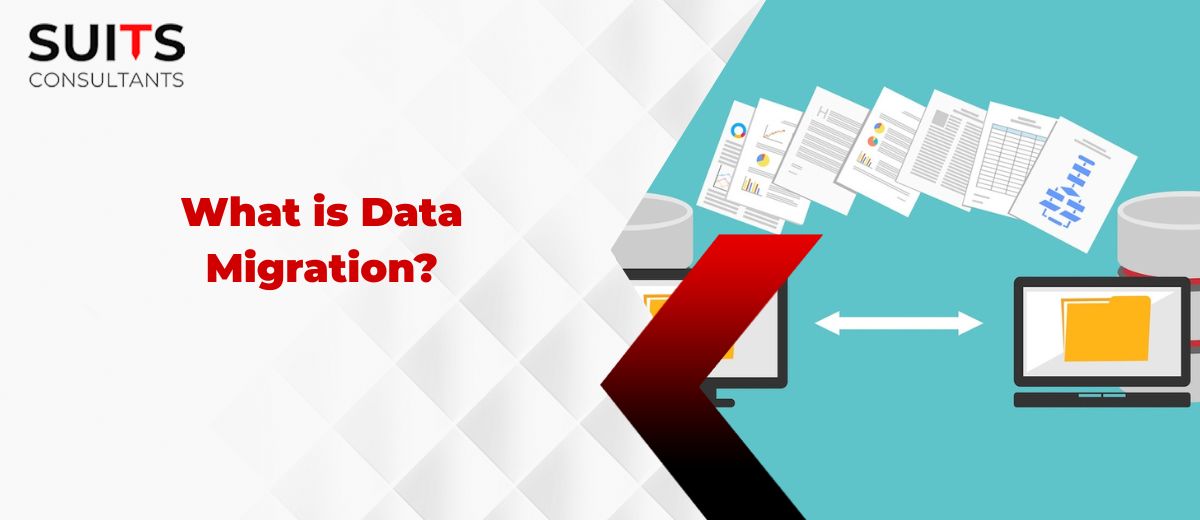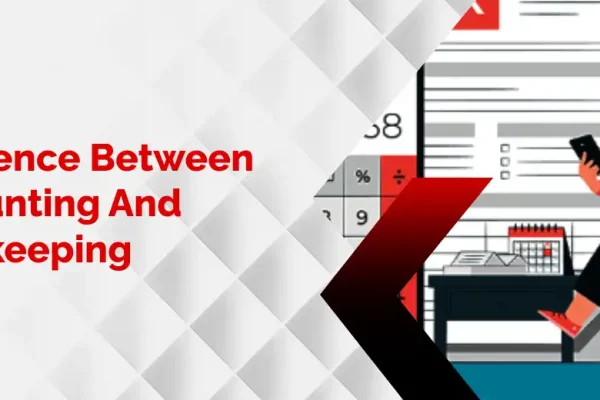What is Data Migration?
Data migration is the process of transferring data from one system, Storage device, or computing environment to another. It plays a critical role in modern IT, especially when businesses transition from on-premises infrastructure to cloud environments. Without a well-defined data migration strategy, organizations risk data loss, downtime, or inefficiencies.
In this guide, we’ll explore what data migration is, its types, risks, best practices, and how to create a data migration plan that ensures a smooth transition.
Why Data Migration Matters
Organizations undertake data migration for multiple reasons, including:-
- Replacing outdated servers or Storage devices
-
- Consolidating or decommissioning a data center
-
- Moving workloads to the cloud (public, private, hybrid, or multi-cloud)
-
- Upgrading enterprise applications such as Salesforce or SAP systems
Types of Data Migration
1. Storage Migration
Moving data from one Storage medium (like HDD to SSD, or on-premises to cloud).2. Database Migration
Transferring entire databases between systems or vendors. This often requires schema conversion and data verification.3. Application Migration
Shifting applications and their data to a new environment, such as moving from legacy CRM to Salesforce data migration.4. Data Center Migration
Large-scale relocation of workloads, hardware, and applications to another data center or to the cloud. Many businesses rely on data center migration services to minimize risks and downtime.Data Migration Framework: The Core Stages
A structured data migration framework typically includes these phases:-
- Assessment & Planning – Evaluate source and target environments, define timelines, and set goals.
-
- Design & Strategy – Select migration tools, decide between online vs offline migration, and create a data migration plan.
-
- Execution – Transfer data in phases, validate integrity, and monitor performance.
-
- Testing & Validation – Verify accuracy, security, and usability of migrated data.
-
- Optimization – Fine-tune performance and decommission legacy systems.
Data Migration Strategy: Key Considerations
When building a data migration strategy, consider these three factors:-
- Workload Type: Critical systems like databases or VMs may require vendor-specific tools.
-
- Volume of Data: Small transfers (<10 TB) may use Storage devices, while petabyte-scale projects need cloud appliances.
-
- Speed & Downtime: Balance between fast transfers and minimizing business disruption.
Data Migration Risks
Like any IT project, migration carries risks:-
- Security Breaches: Ensure all data is encrypted.
-
- Data Loss or Corruption: Without verification, critical records could be lost.
-
- Unexpected Costs: Poor planning may result in higher Storage or transfer fees.
-
- Downtime: Inadequate planning can interrupt business operations.
SAP Data Migration Best Practices
For enterprises using SAP systems, following SAP data migration best practices ensures smooth transitions:-
- Conduct a data audit before migration to clean redundant or inaccurate records.
-
- Use SAP-approved migration tools for schema and format compatibility.
-
- Test incrementally, verifying results after each stage.
-
- Involve both technical and business teams to validate outcomes.
Building a Data Migration Plan
A successful data migration plan should:-
- Define scope, goals, and stakeholders.
-
- Map dependencies between workloads.
-
- Set clear timelines aligned with business priorities.
-
- Include a rollback strategy in case of failures.
-
- Document results for compliance and auditing.






